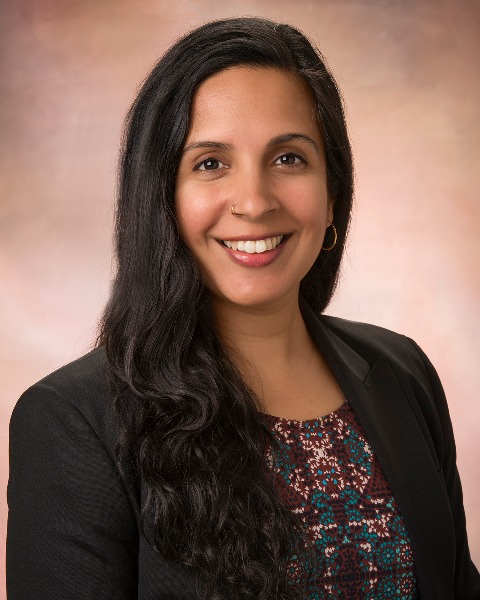Hospital Medicine: Hospital Medicine Quality Improvement
Hospital Medicine 3
492 - Optimizing the Care Team Assistant Program
Saturday, April 29, 2023
3:30 PM - 6:00 PM ET
Poster Number: 492
Publication Number: 492.221
Publication Number: 492.221
Akhila Shapiro, Children's Hospital of Philadelphia, Philadelphia, PA, United States; Huseina Abbas, Children's Hospital of Philadelphia, Philadelphia, PA, United States; Alexander Kalvar, Children's Hospital of Philadelphia, Philadelphia, PA, United States; Bryn M. Carroll, Children's Hospital of Philadelphia, Philadelphia, PA, United States

Akhila Shapiro, MD (she/her/hers)
Clinical Assistant Professor of Pediatrics
Children's Hospital of Philadelphia
Philadelphia, Pennsylvania, United States
Presenting Author(s)
Background: The Care Team Assistant (CTA) Program at Children’s Hospital of Philadelphia (CHOP) provides administrative support for inpatient medical teams to optimize patient care and promote clinician wellness. The program promotes sensitivity to operations and advances the quality aims of safety, effectiveness, and efficiency. Established in 2016, the program expanded significantly in FY22.
Objective: To optimize the CTA Program’s impact on front-line clinicians (FLCs) and the care provided to patients and families.
Design/Methods: We recruited a diverse cohort of individuals, filling 18 total FTEs. The program scope expanded from approximately 10 to 14 total inpatient teams, including at the new King of Prussia (KOPH) campus. Specifically at KOPH, the CTAs fulfilled a novel tele-health consult coordinator role. We partnered with colleagues in digital health and pediatric subspecialty services to develop and refine the process map for this new workflow. We expanded the CTAs’ responsibilities to include assisting with unit-based and institution-wide quality improvement (QI) projects. Semi-annual surveys were distributed to FLCs to assess program impact.
Results: A total of 32 residents completed the fall 2022 survey. Results show high acceptability, with CTA presence minimizing FLC administrative burden while promoting time spent in direct clinical care and job satisfaction (Figures 1-3). CTAs have coordinated 144 tele-health consults between patients at the KOPH campus and subspecialists at PHL campus. Outcomes related to the CTAs’ involvement in QI projects include (1) arranging 57 COVID-19 vaccines for eligible inpatients, (2) successfully coordinating 306 interpreters for families with limited English proficiency, and (3) distributing 21 FosteRx discharge bundles for patients entering a new foster home to ensure a smooth transition of health information.
Conclusion(s): The CTA Program represents an innovative means of reducing clinicians’ administrative burden and promoting their job satisfaction while simultaneously enhancing the quality of patient care. Expansion efforts in FY22 not only affected the geographic scope of the program but also the scope of CTA responsibilities. Results show that CTAs were instrumental in the implementation of a novel telehealth consult process at KOPH and can facilitate the launch and sustainability of QI projects. Further efforts could explore quantitative measures of impact on clinician productivity.
.png)
.png)
.png)
